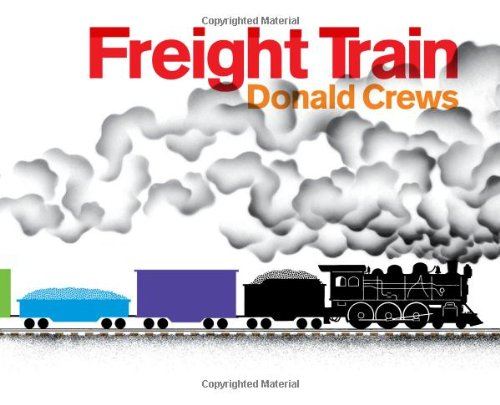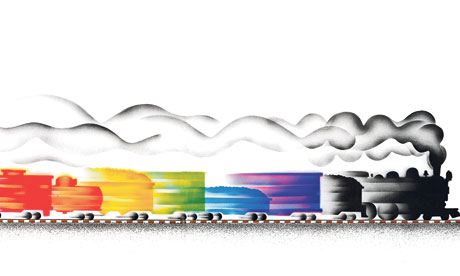Plastic, Metal and Wood
Ms. Heidi brought in some musical instruments. They were made of different materials. The students sorted out the materials into 3 groups. 
- Metal
- Plastic
- Wood
 Next, the students cut, sorted and glued pictures into the different groups.
Next, the students cut, sorted and glued pictures into the different groups.

A group of students went on a hunt to look for items made out of the different materials.
https://twitter.com/NISPreKK1/status/925200553734320128
The students then sorted out the photographs they had taken on their journey. They all looked for items in the classroom that were made out of the same materials and put them into the groups. They labelled their groups.


SLO’s
- develop an inquiring mind
- ask questions about things in the classroom, places & people at school
- collect objects related to their study
- sort and classify objects into categories by attributes (Similarities & Differences)
- use inquiry to acquire information
- make statements that reflect their understandings
- participate in communal classroom activities
- listen to others
- name things in the classroom, places and people at school
- make observations about their immediate environment
- interpret and analyse visuals and multimedia to gain understanding
- communicate information using pictures and simple posters
-
sort real objects into sets by one common attribute using own and others’ criteria
-
explain criteria for sorting
-
be able to explain data using simple language such as same and different/more or less/most or least



















 Students “Paint.” We need paint to make the paintings! The students began to shout out the colours they would like to have. Red, green, yellow, gold, purple, white, blue, grey, orange, black and brown.
Students “Paint.” We need paint to make the paintings! The students began to shout out the colours they would like to have. Red, green, yellow, gold, purple, white, blue, grey, orange, black and brown.


 The students were presented with a painting. They observed the painting closely and shared their thoughts and questions.
The students were presented with a painting. They observed the painting closely and shared their thoughts and questions.




















 Dramatising a familiar
Dramatising a familiar 





